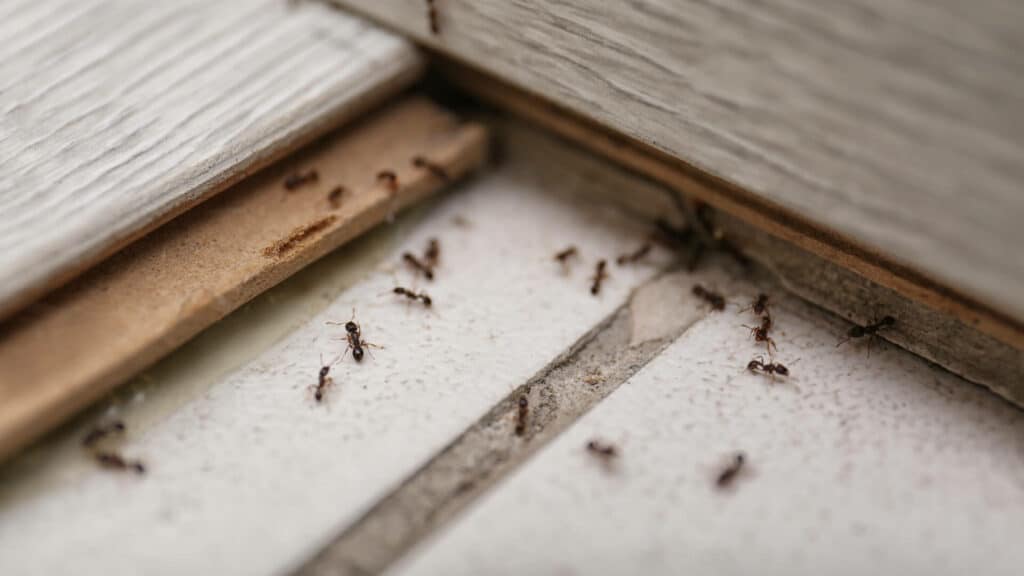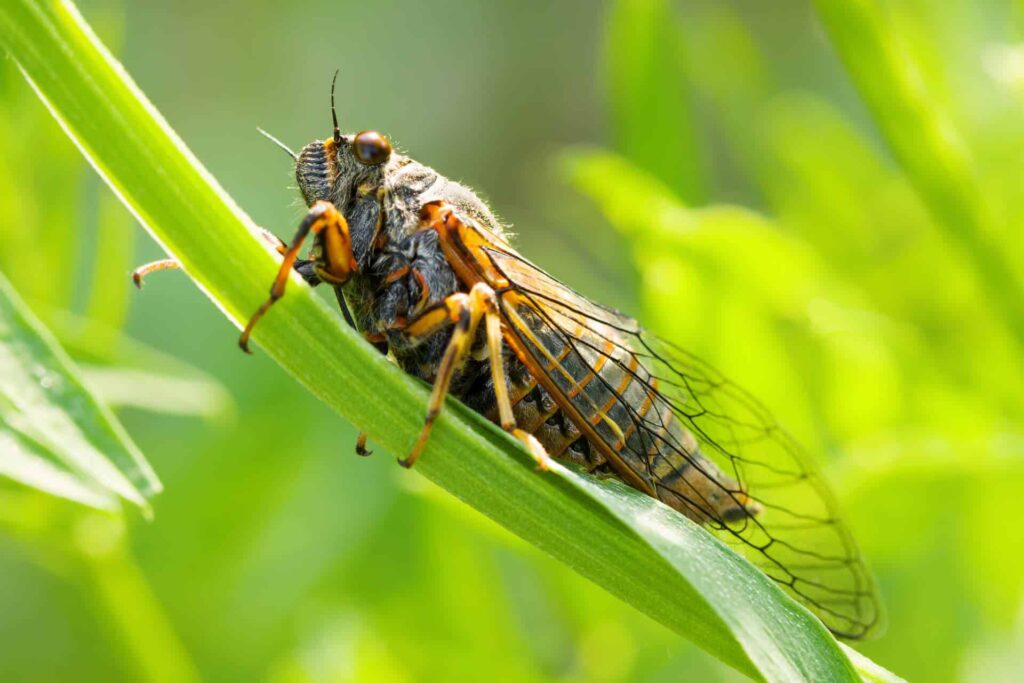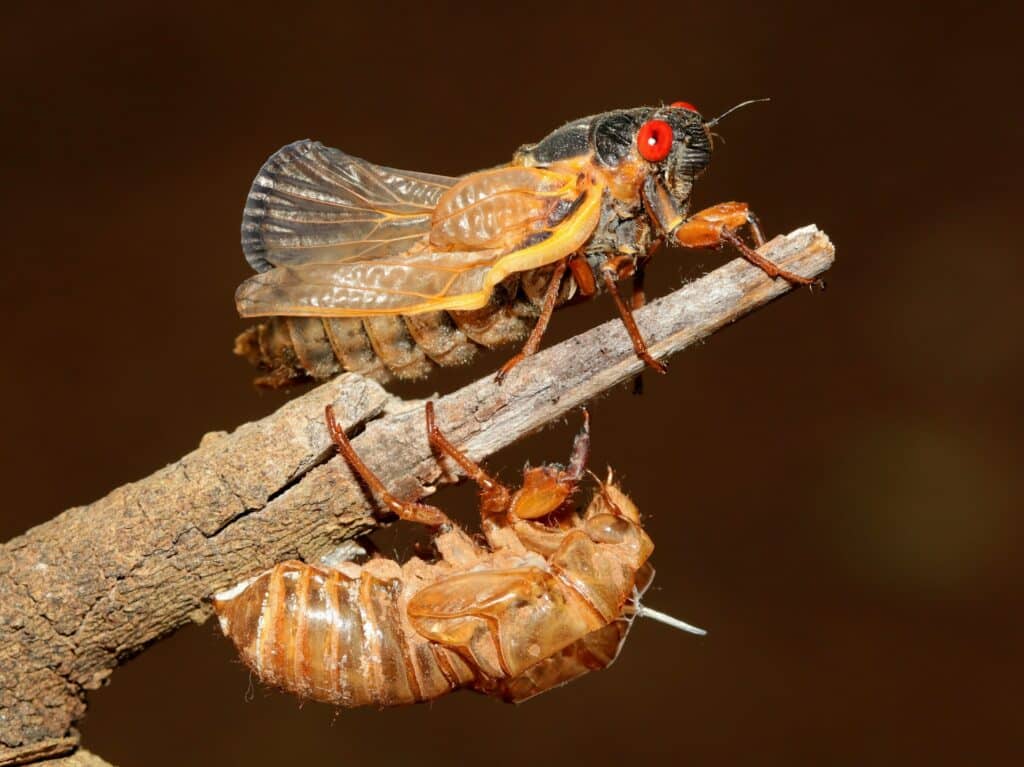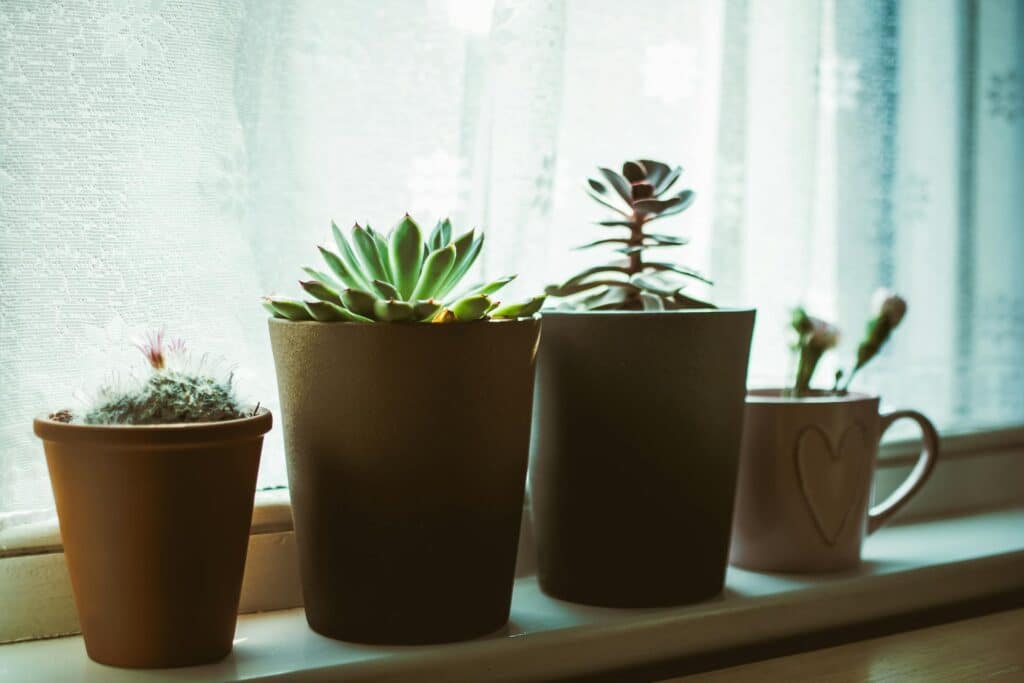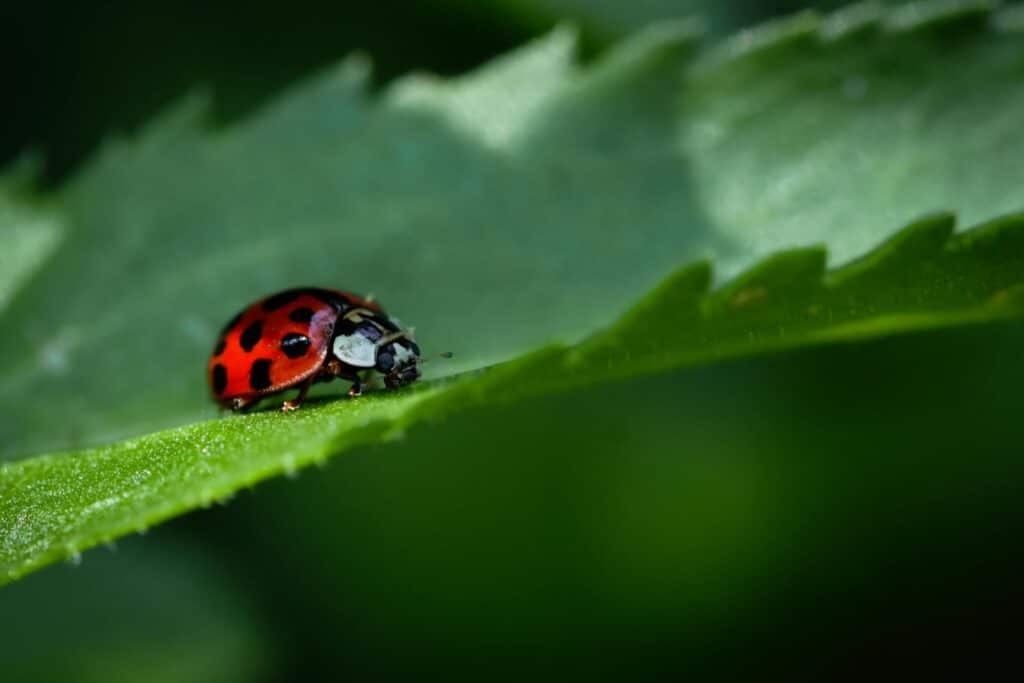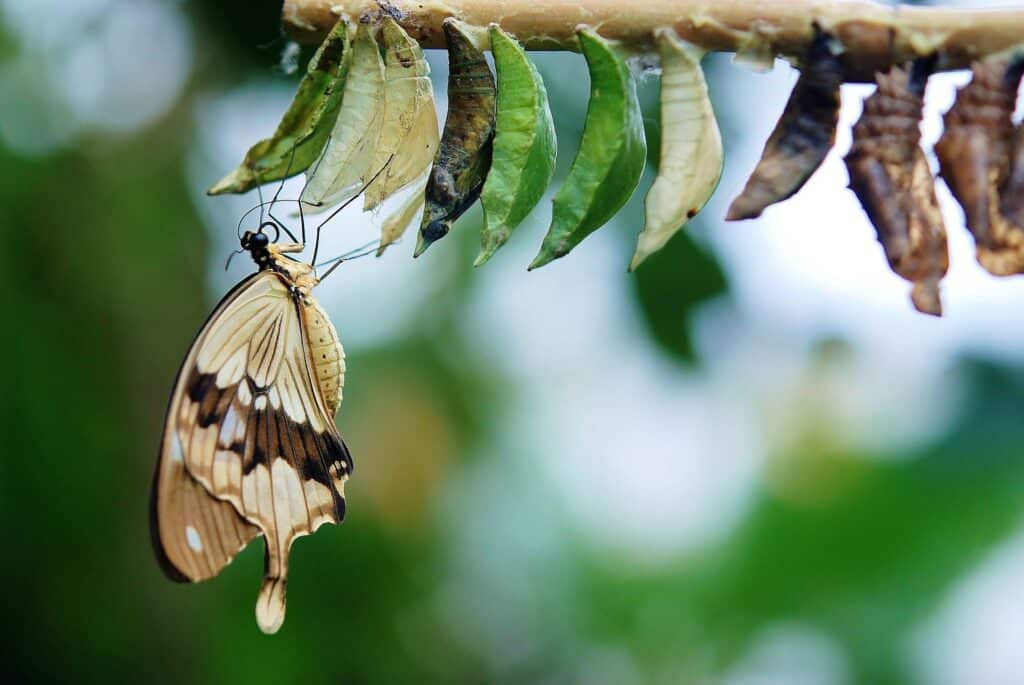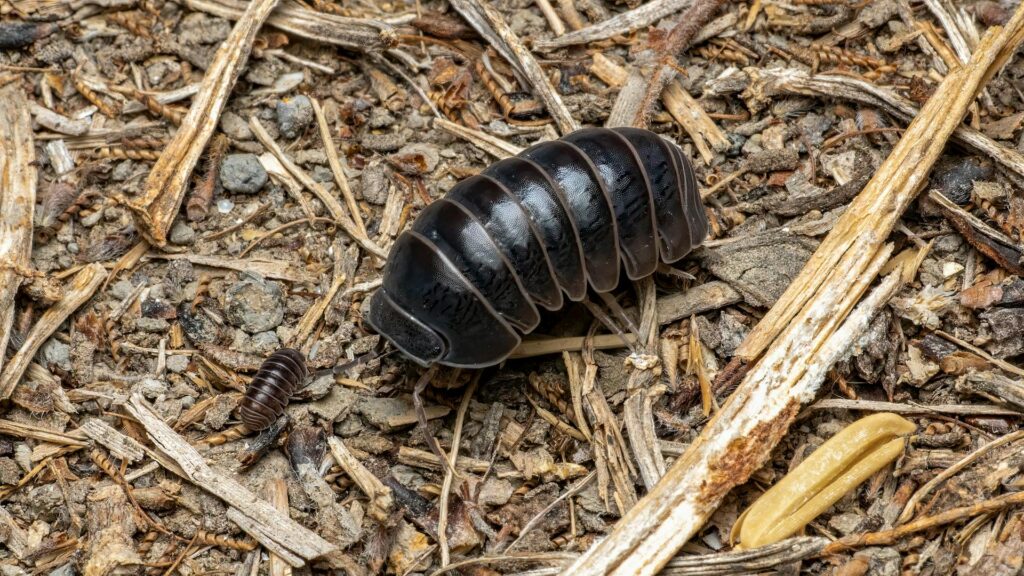If you’ve noticed small, dark droppings around your home, you might be dealing with a pest infestation. While different pests leave different types of droppings, cockroach droppings have distinct characteristics that can help you identify them. Being able to recognize cockroach droppings is crucial for early detection and effective control of these persistent pests.
Cockroach poop vs termite poop
Cockroach droppings and termite droppings have distinct differences in appearance and location. Cockroach droppings look like black pepper or coffee grounds with ridged sides and blunt ends. Termite droppings, also called frass, are typically lighter in color and have six concave sides, giving them a pellet-like appearance.
Location is also key—cockroach droppings are often found along walls and in corners, while termite frass is typically found near damaged wood and kick-out holes where they push droppings from their tunnels.
Cockroach poop vs mouse poop
While both are common household pest droppings, cockroach and mouse poop have distinct characteristics. Mouse droppings are larger, about 1/4 inch long, with pointed ends and a pellet-like shape. They’re typically found in lines or clusters along walls and behind objects.
Cockroach droppings are smaller, with ridged surfaces and blunt ends, looking more like ground coffee or pepper specks. Mouse droppings also tend to be more consistently sized, while cockroach droppings can vary depending on the species.
How to know if you have cockroach poop in your home
Look for small, dark specks that resemble ground coffee or black pepper in areas where cockroaches commonly hide. Fresh droppings are dark and glossy, while older ones appear more dried out and can crumble easily.
Common locations include under sinks, behind appliances, in cabinet corners, and along baseboards. You might also notice smear marks along walls where cockroaches frequently travel. Large amounts of droppings, particularly in hidden areas, often indicate an active infestation.
Is cockroach poop dangerous?
Yes, cockroach droppings can pose significant health risks. The proteins present in cockroach waste can trigger allergic reactions and asthma attacks, particularly in children and sensitive individuals.
These allergens can become airborne when droppings dry out and get disturbed. Cockroach droppings can also contain harmful bacteria that may contaminate food preparation surfaces and stored food. Even after cockroaches are eliminated, their dried droppings can continue to cause health problems if not properly cleaned up.
How to clean cockroach poop
When cleaning cockroach droppings, always wear protective gear including gloves and a mask to avoid contact with allergens. Use a vacuum with a HEPA filter to clean up droppings, as this helps prevent allergens from becoming airborne. After vacuuming, dispose of the vacuum contents in a sealed bag.
Clean affected areas thoroughly with a disinfectant solution. Pay special attention to kitchen surfaces and areas where food is prepared or stored. Never dry sweep droppings as this can spread allergens.
When to call a professional
If you notice cockroach droppings in multiple areas of your home, it might be time to contact a professional pest control service for proper identification and treatment. This is particularly important because cockroach droppings can indicate a significant infestation that could pose health risks to your family.
Aptive’s pest control experts can quickly assess the extent of your cockroach problem and implement targeted treatments for effective control. Our technicians will thoroughly inspect your property to locate nests, hiding spots, and entry points, then develop a customized cockroach control treatment plan.
We’ll also provide prevention strategies and guidance on proper sanitation to help protect your home from future infestations. If you’ve spotted cockroach droppings around your property, don’t wait–contact Aptive today for a free quote and let us help you take back your home from these pests and get peace of mind.
